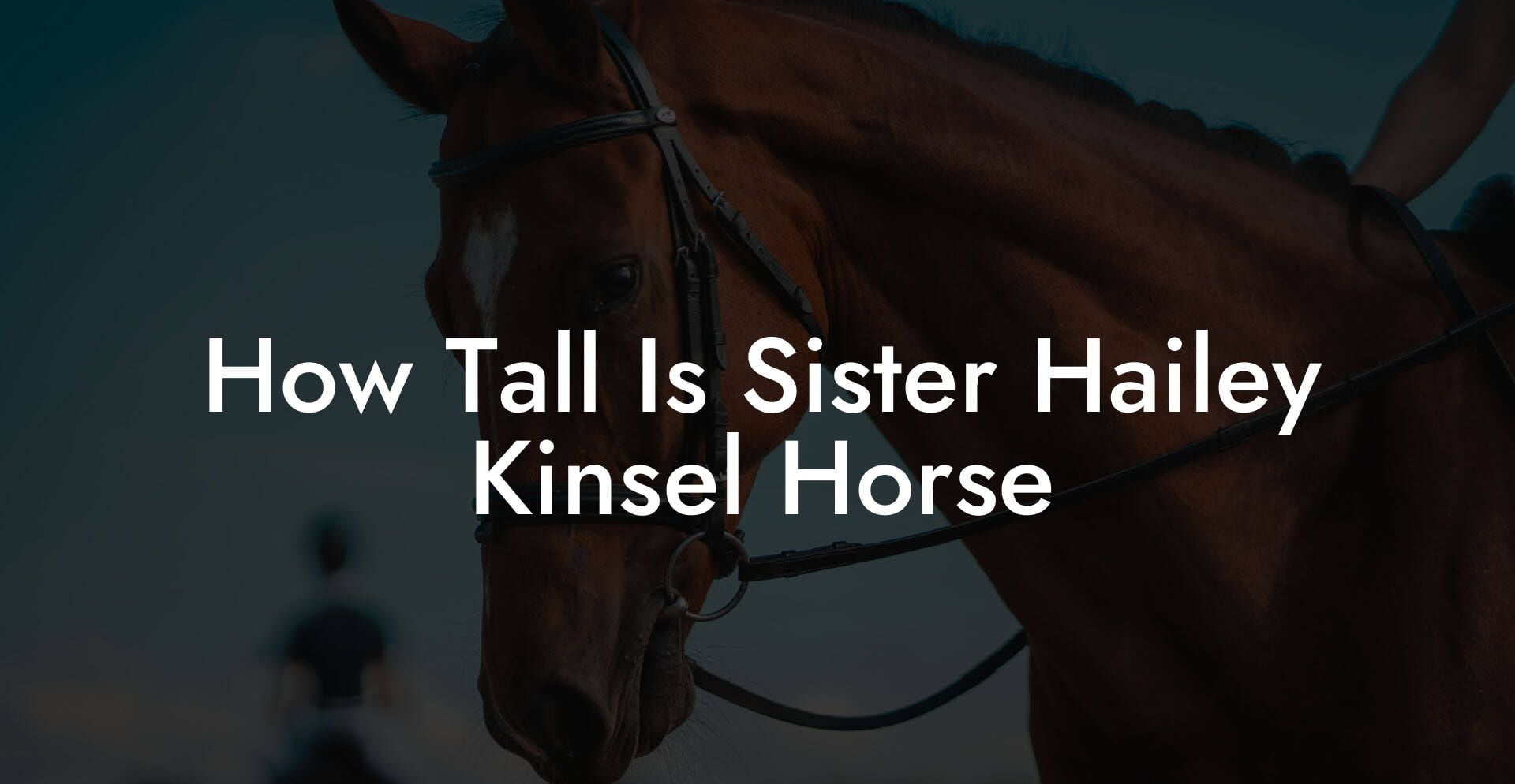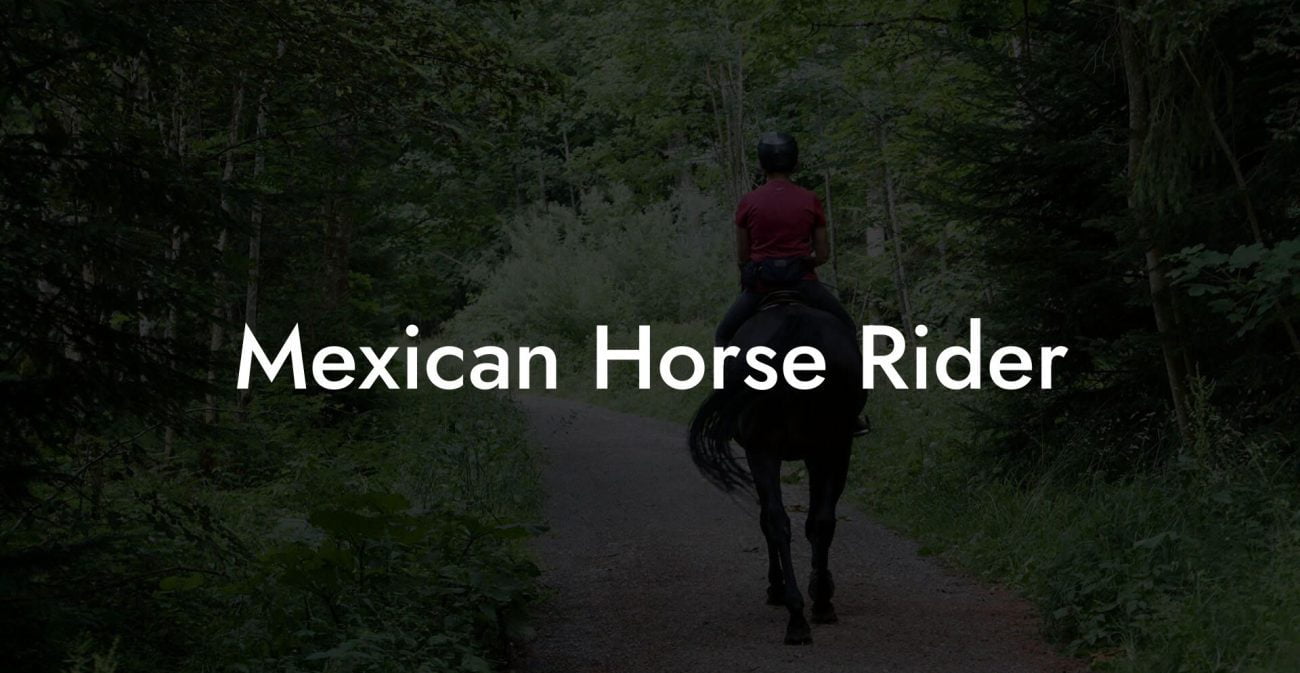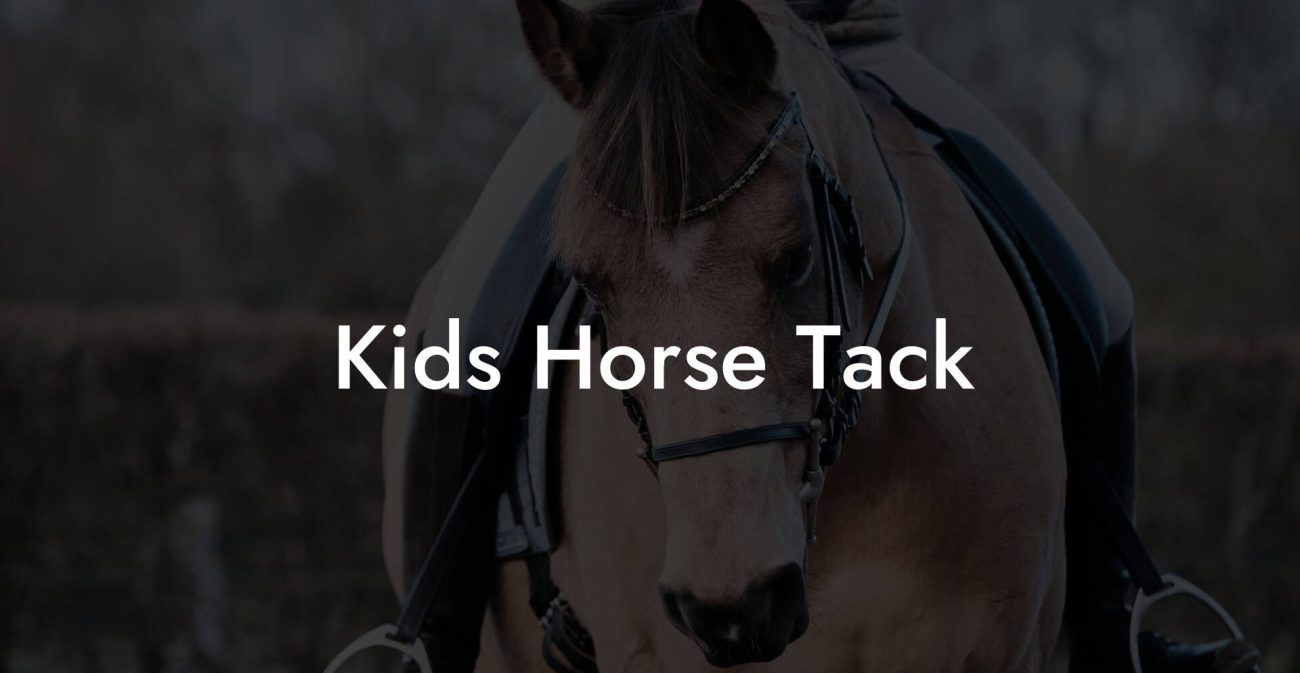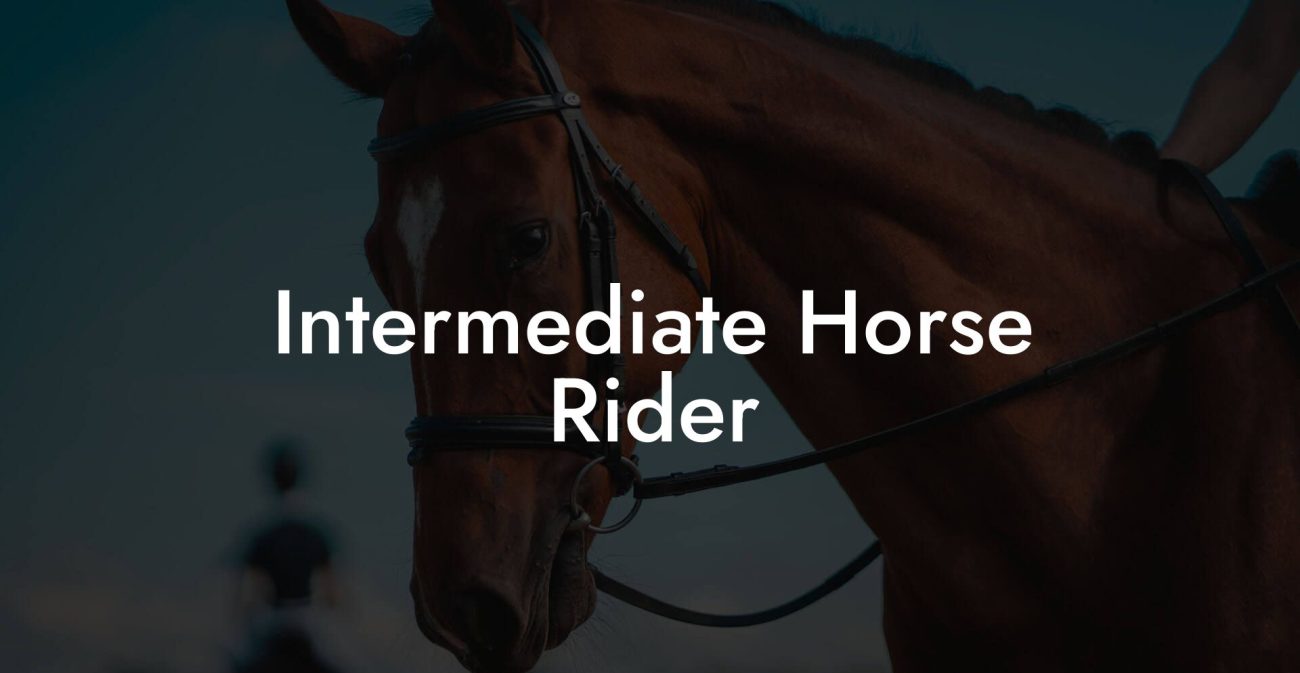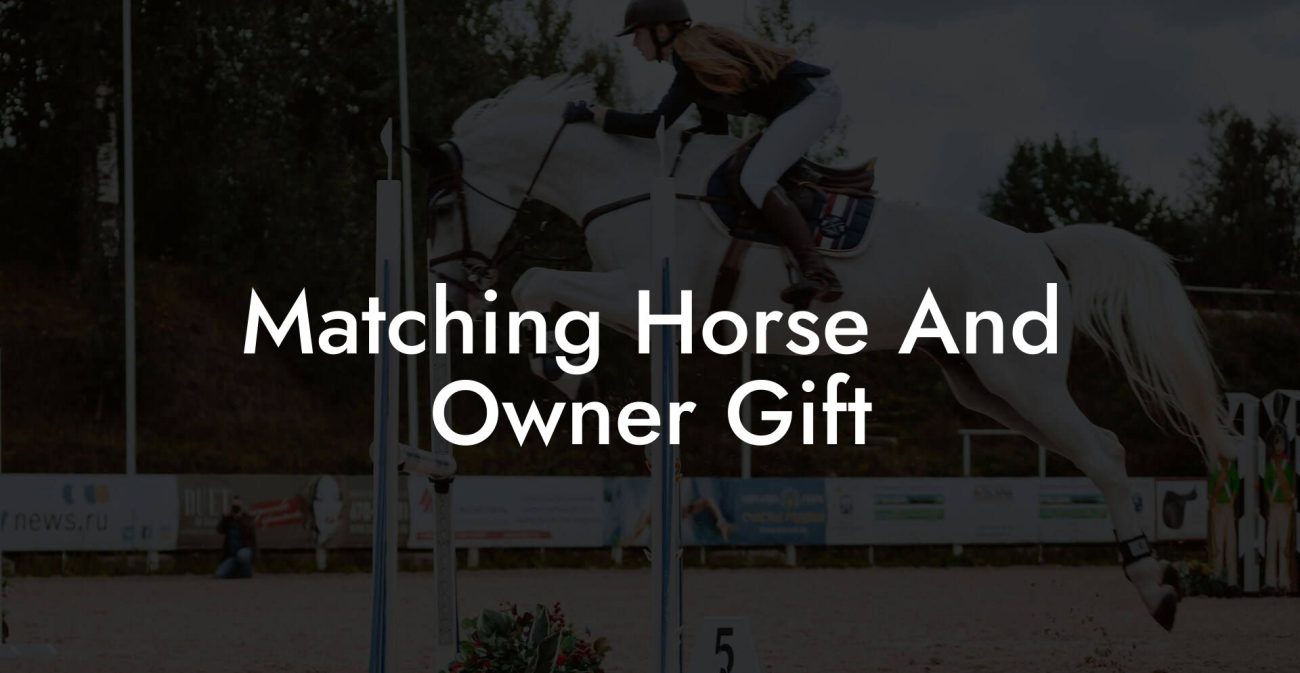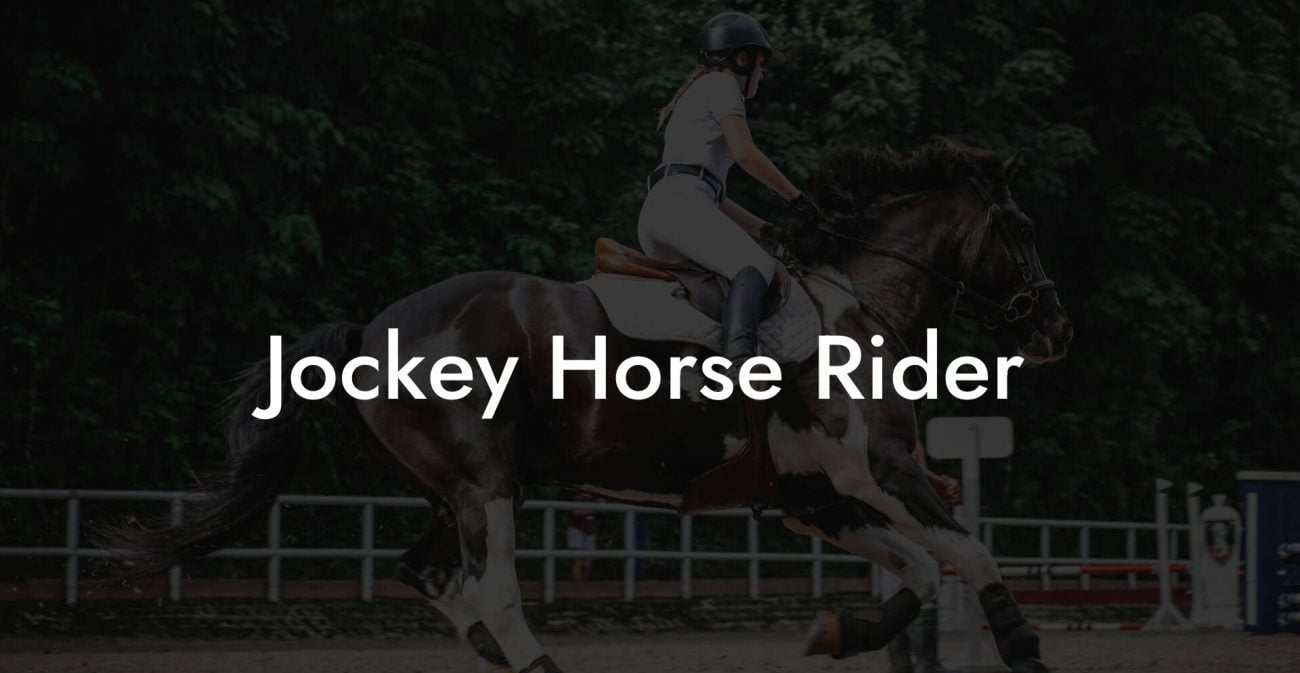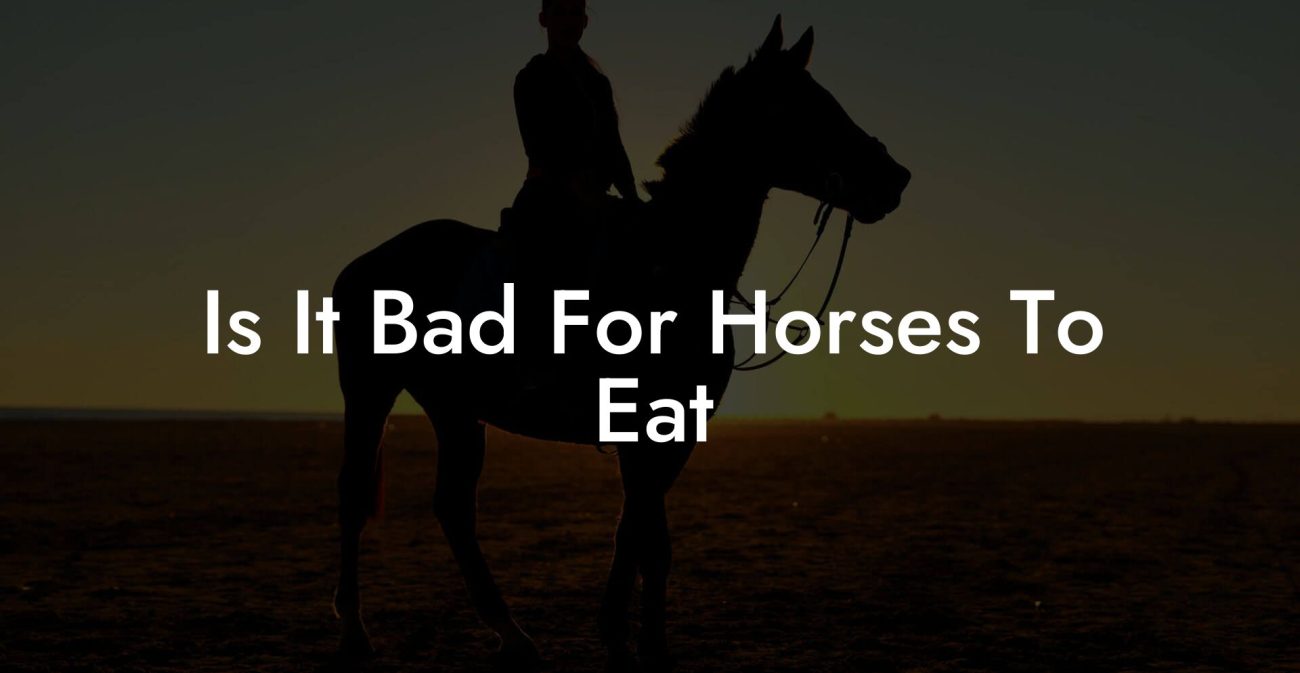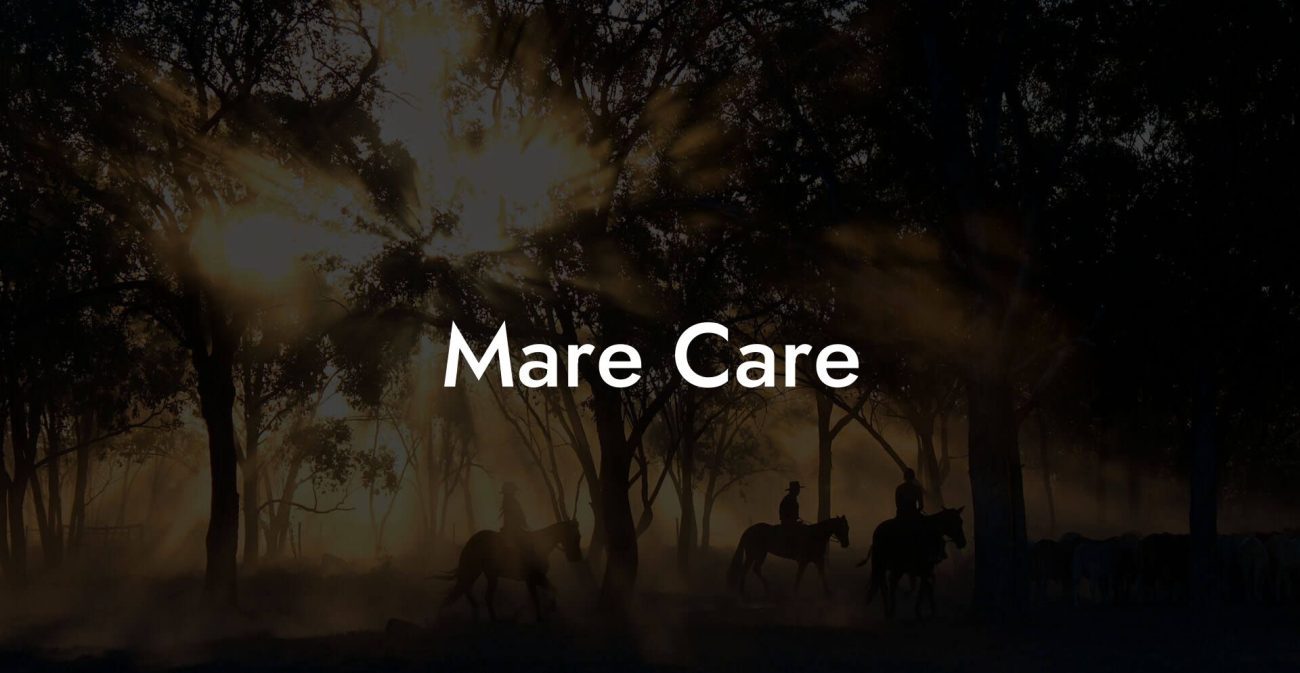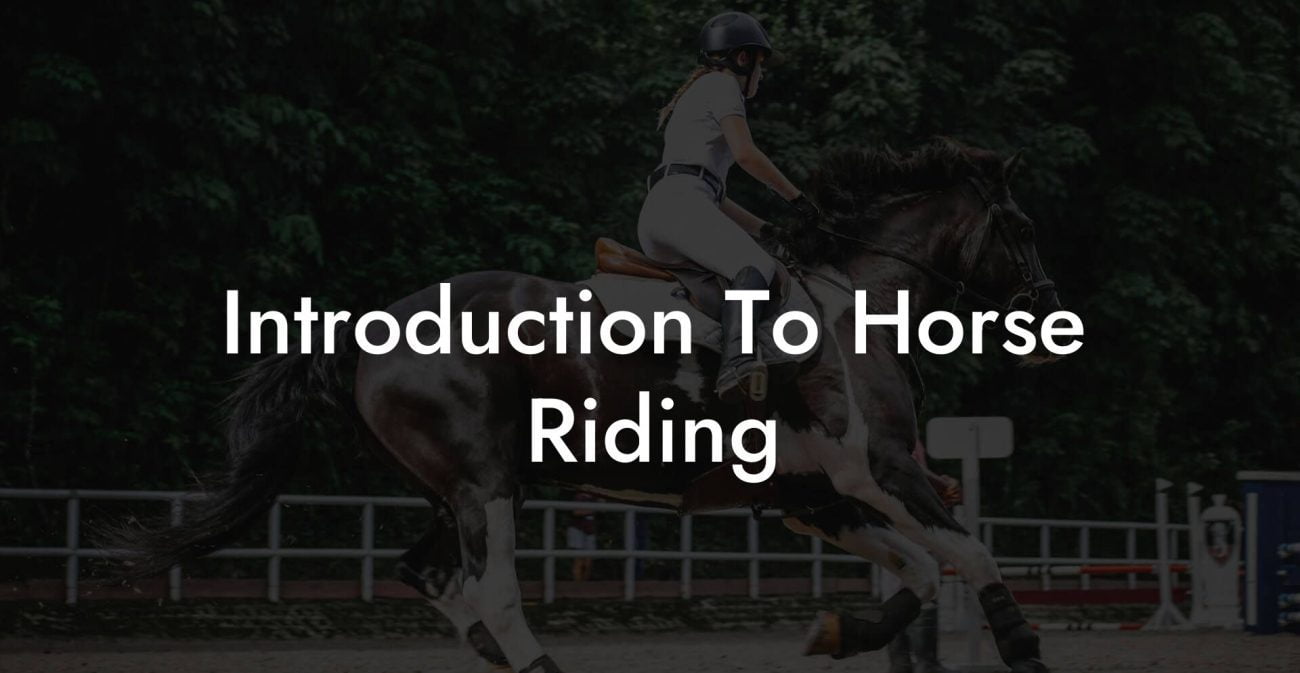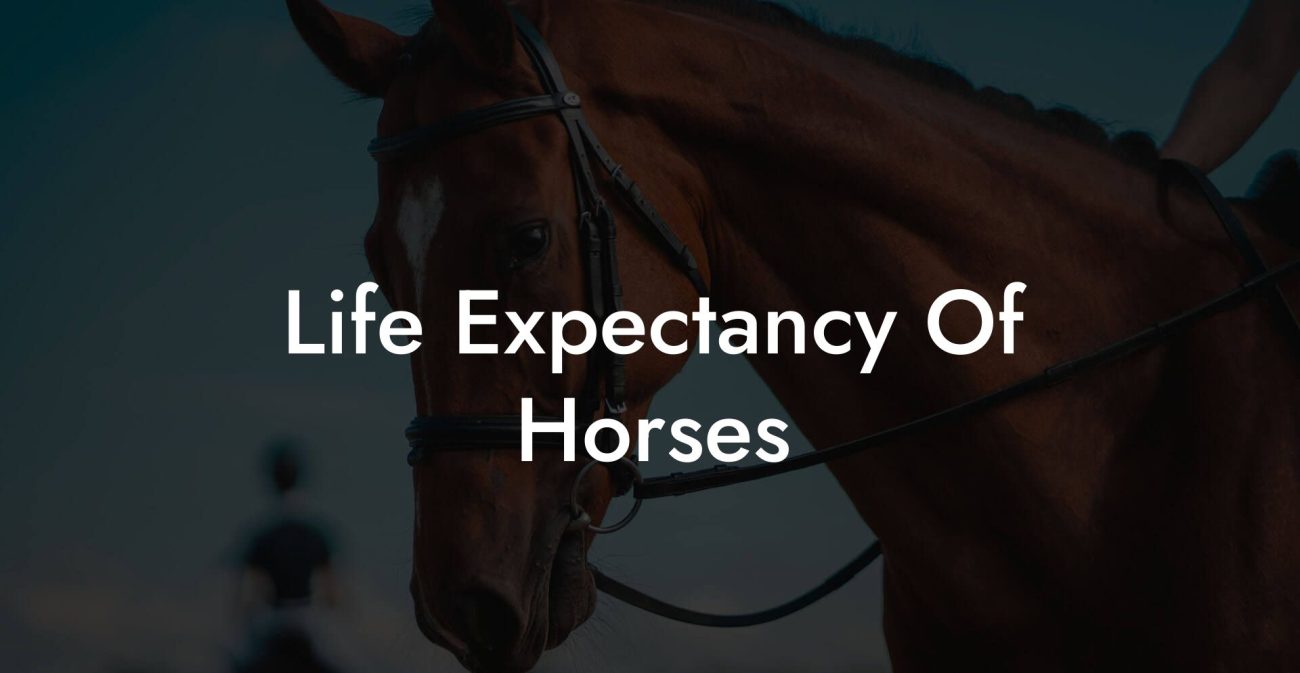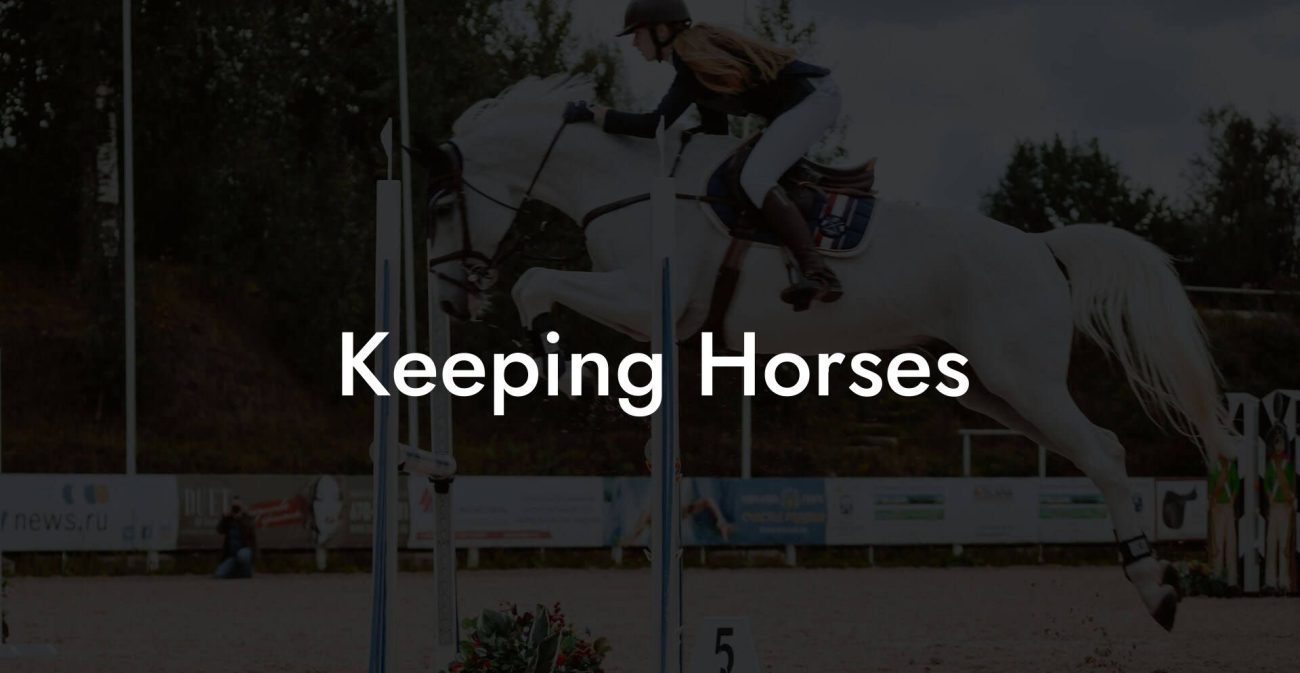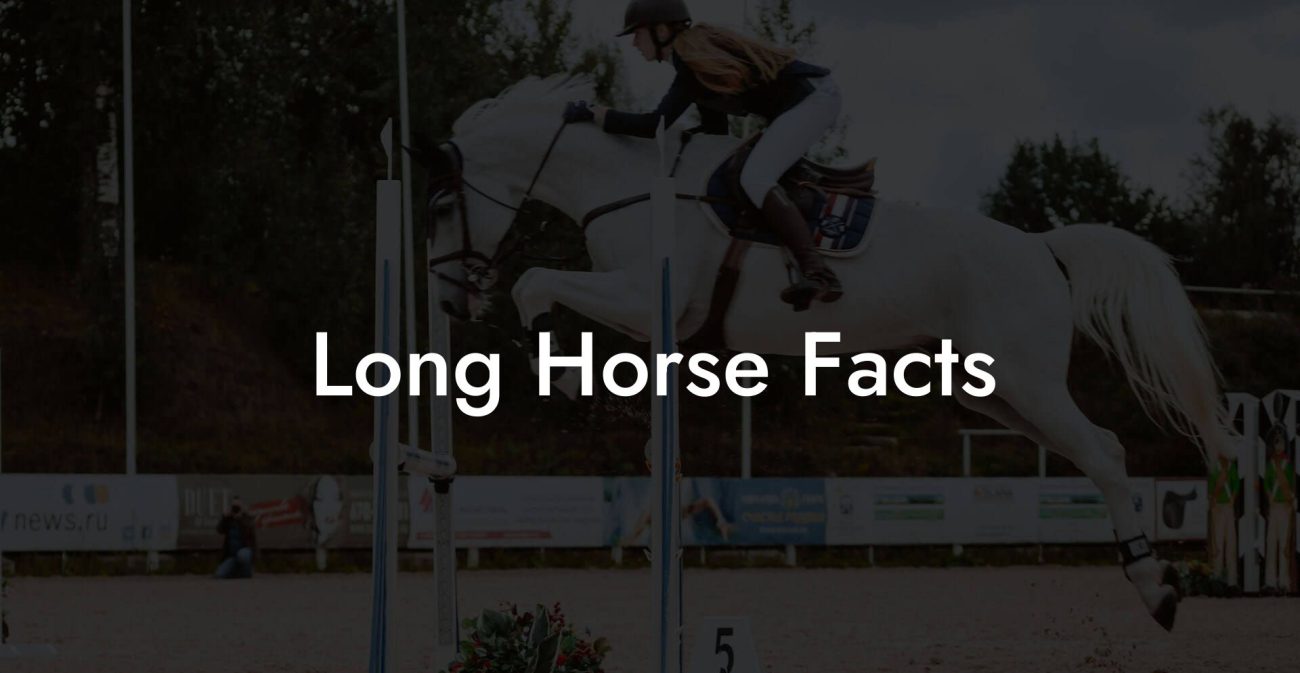Get ready to dive into the fascinating world of equine measurements and horse care as we explore one of the most intriguing questions in the stable: "How tall is Sister Hailey Kinsel Horse?" If you’ve ever stared in awe at majestic horses and wondered about the details of their impressive stature, you’re in for an equestrian treat. Today, we’re uncovering everything from the nitty-gritty of horse height measurement to essential care tips that every millennial and Gen-Z horse enthusiast needs to know.
Quick Links to Useful Sections
- Understanding Horse Height: What Do Those “Hands” Really Mean?
- Meet Sister Hailey Kinsel Horse: Background, Breed, and Unique Attributes
- How Tall Is Sister Hailey Kinsel Horse? Breaking Down the Measurements
- The Importance of Height in Horse Care
- Measuring Horse Height: Tools, Techniques, and Tricks
- Horse Anatomy 101: Why Height at the Withers Matters
- Why Does Horse Height Vary? Factors That Influence Stature
- Genetics and Breed
- nutrition and Early-Life Care
- Exercise and Overall Health
- The Role of Height in Equine Performance and Care
- Practical Horse Care Tips for Horses of Every Stature
- 1. Regular grooming
- 2. Balanced Nutrition
- 3. Customized Equipment
- 4. Regular Exercise and Mental Stimulation
- 5. Routine Veterinary Check-ups
- Grooming, Fitness, and Mental Well-Being: A Holistic Approach to Equine Care
- Grooming and Maintenance
- Exercise and Physical Conditioning
- Mental Stimulation
- Nutrition and Exercise: Fueling Your Equine Companion
- Common Myths and Misconceptions About Horse Heights
- Myth: Taller Horses Are Always Better Performers
- Myth: Horse Height Can Change Dramatically in Adulthood
- Myth: Smaller Horses Don't Need as Much Care
- Resources and Community Support: Your Next Steps
- Innovations in Equine Technology: How Modern Tools Enhance Horse Care
- The Impact of Genetics on Horse Height and Overall Conformation
- Tailoring Your Training: Bridging Horse Height with Riding Techniques
- Equine Healthcare: Routine Checks, Vaccinations, and Emergency Preparedness
- FAQ: Your Burning Questions About Sister Hailey Kinsel Horse Answered
- Your Journey to Equine Mastery
Understanding Horse Height: What Do Those “Hands” Really Mean?
When it comes to horses, height is usually measured in hands – a tradition that dates back centuries. One hand equals 4 inches, and while it might seem like an imprecise unit, it’s a sure-fire way to quantify the majesty of our equine friends. For instance, a horse measuring 15.2 hands is considered quite average for many breeds, but there’s a lot more nuance to it.
Are you curious about how to convert hands to inches? Let’s break it down. Simply multiply the number of hands by 4, and you’ve got the height in inches. A horse standing 16 hands tall, for example, is 64 inches from the ground to its withers – the highest point of its shoulders. This measurement is not only fascinating but fundamental when it comes to understanding how breed, age, and genetics influence a horse’s overall stature.
Whether you’re measuring your own sport horse or admiring a famous equine like Sister Hailey Kinsel Horse, understanding these measurements is key. It gives you an insight into everything from proper saddle fit to nutritional needs – elements that directly impact a horse’s well-being.
Meet Sister Hailey Kinsel Horse: Background, Breed, and Unique Attributes
Sister Hailey Kinsel Horse isn’t just any horse – she’s a celebrated beauty known for her remarkable poise and athletic prowess. Hailing from a lineage renowned for both competitive spirit and gentle temperament, Sister Hailey has captured the hearts of horse enthusiasts and casual admirers alike.
Born into a family of champions, Sister Hailey’s genetic blueprint is a perfect mix of agility, strength, and elegance. Her lineage boasts award-winning racers and performance horses that have graced many arenas. But what really sets her apart isn’t just her racing pedigree – it’s her striking posture, velvety coat, and yes, her height.
While many might focus solely on performance stats or show-ring accolades, we’re here to decode what her height means in the broader context of horse care and management. In the equestrian world, every detail counts – from the curve of a neck to the height at the withers – and Sister Hailey represents the epitome of a well-bred, well-cared-for horse.
How Tall Is Sister Hailey Kinsel Horse? Breaking Down the Measurements
Now, let’s get to the heart of the matter: just how tall is Sister Hailey Kinsel Horse? While exact numbers might occasionally vary (depending on the measurement method and the time of day), reports suggest that she stands around 16 hands tall. In other words, she measures a striking 64 inches at the withers.
But what does this measurement really signify? In the world of horse care, height isn’t just a number – it’s a critical indicator of a horse’s health and utility. For instance, a horse that is noticeably taller or shorter than the typical breed standard might be at risk of various health issues, or may require special care, equipment adjustments, or even modified training routines.
Our beloved Sister Hailey’s height not only makes her a visually captivating presence but also plays a key role in how she’s managed, trained, and cared for. Whether you’re an aspiring equestrian or an established horse owner, knowing and understanding these measurements is essential when it comes to creating a nurturing environment for your equine companion.
The Importance of Height in Horse Care
You might wonder why the height of a horse is such an important measure when it comes to proper care – after all, isn’t a horse just a horse? Not quite! A horse’s height can give us valuable insights into its overall structure, conformation, and even health.
For starters, the height impacts the fit of your saddle, bridles, halters, and other gear that your horse relies on daily. A saddle that’s too big or too small can lead to discomfort and even long-term issues like back pain. Knowing that Sister Hailey Kinsel Horse stands at 16 hands helps determine what size of tack will be most comfortable for her.
Additionally, height plays a significant role in nutritional management. Taller horses often require diets adjusted to their metabolic rates and energy expenditure. Their hooves, leg structures, and overall musculature all concur with the idea that size matters – and so does tailored care.
By understanding these nuances, you not only appreciate the beauty of equine diversity but also ensure that your horse receives care that’s as unique as they are. After all, a well-cared-for horse is a happy horse, and a happy horse makes for a remarkable companion.
Measuring Horse Height: Tools, Techniques, and Tricks
If you’re ever in a stable with a horse that piques your curiosity, it's important to know how to accurately gauge its height. The most traditional and widely used method is simply by measuring in hands – but there are some handy tools and modern techniques that make the process smoother.
Traditional Measurement Tools:
- Measuring Stick: A specially designed equine measuring stick can be placed against a horse’s withers and then converted into hands.
- Hand Measurement: While it might sound quaint, using your hand as a rough guide (remembering that one hand equals 4 inches) can still be surprisingly effective.
Modern Techniques:
- Laser Measurements: Some advanced stables use laser devices to record exact measurements, ensuring precision and consistency.
- Digital Apps: Yes, technology has even saddled up in the stable world! There are numerous smartphone apps designed to guide you through a digital measurement procedure, complete with conversion charts and data logging.
No matter which method you use, the goal remains the same: obtain an accurate measurement that will not only tell you how tall your horse is but also assist in determining the best care practices. Sister Hailey’s reported height of around 16 hands provides a perfect case study in how precise measurement can inform everything from her training schedule to the type of foods in her diet.
Horse Anatomy 101: Why Height at the Withers Matters
In the equine world, the withers – the ridge between the shoulder blades – is the most important measurement point. It’s the highest point on the horse’s back and serves as the standard benchmark for height measurement. But why is this specific point so crucial?
The withers play a significant role in determining a horse’s balance and gait. A well-defined, proportionate withers structure can indicate not only good breeding but also the overall health of the animal. When you consider that Sister Hailey Kinsel Horse is approximately 64 inches tall at the withers, you’re looking at a subject with a blend of grace, athletic ability, and an impeccable structure.
Importantly, the height at the withers also impacts the way a horse moves. A horse with a properly measured height and balanced structure will generally have a more fluid stride, which is beneficial in activities ranging from competitive racing to weekend trail rides. Whether you’re riding for fun or performance, the way a horse carries its frame is essential.
Why Does Horse Height Vary? Factors That Influence Stature
Just like humans, horses come in all shapes and sizes, and there are several factors that contribute to differences in height. Understanding these factors is key not only to answering our main question about Sister Hailey but also to ensuring that every horse under your care gets the personalized attention it deserves.
Genetics and Breed
The most significant factor affecting a horse’s height is its genetic makeup. Specific breeds have standard height ranges that have been carefully selected over generations. For example, Thoroughbreds tend to be taller, while breeds like the Arabian horse might be slightly more compact. Sister Hailey Kinsel Horse reflects the hallmarks of her breed’s legacy, showcasing both athleticism and grace.
nutrition and Early-Life Care
Just as in humans, nutrition during the formative years of a horse is critical. Horses that receive balanced diets rich in vitamins, minerals, and adequate protein tend to reach their full genetic potential. Conversely, underfeeding during early growth stages might result in a horse that appears stunted, regardless of its breed.
Exercise and Overall Health
Regular exercise, proper vaccination schedules, and overall healthcare play an important role in a horse’s development. Horses with healthy growth habits, regular exercise routines, and minimal stress generally achieve more proportionate development, contributing to a robust and ideal stature.
In summary, while genetics undoubtedly set the stage, factors like early nutrition and exercise cast long shadows over a horse’s final height. Whether you’re admiring Sister Hailey or caring for your own equine friend, recognizing these factors can help guide decisions about diet, exercise planning, and health maintenance.
The Role of Height in Equine Performance and Care
A horse’s height isn’t just an aesthetic metric – it’s a critical variable in training, performance, and overall care. When managing and training horses, everything from riding techniques to veterinary care decisions can hinge on this key measurement.
For performance horses like Sister Hailey Kinsel Horse, height can influence both the style of riding and the type of events in which the horse can compete. Taller horses often excel in disciplines that require a larger stride and more graceful movement, such as dressage and show jumping. On the flip side, a slightly shorter horse might be better suited for sprint racing or agility-focused competitions.
Additionally, proper tack fitting is linked intrinsically to height. A saddle too large for a shorter horse can lead to discomfort and even injury, while gear that is too snug on a taller horse might limit movement, hinder performance, and cause long-term health issues. Knowing that Sister Hailey stands at 16 hands helps caretakers and trainers choose the right equipment for optimum performance, enabling the horse to perform at its very best.
Furthermore, a horse’s height can influence its nutritional regimen. Taller horses generally have higher caloric requirements due to their larger muscle mass and skeletal structure, meaning their feed, supplements, and hydration levels need careful calibration. This insight can guide any owner or trainer to create balanced meal plans that consider both energy expenditure and overall health.
Practical Horse Care Tips for Horses of Every Stature
Moving beyond the numbers and into the realm of practical care, here are some horse care tips that cater to horses of all sizes – from towering champions like Sister Hailey to the more diminutive members of the equine family.
1. Regular grooming
Grooming isn’t just a matter of looking good – it’s vital for a horse’s overall health. Regular brushing, mane and tail care, and hoof cleaning not only keep your horse sparkling but also help monitor for injuries or issues like skin irritations. For a horse standing at 16 hands, having a grooming routine that can reach every part of its body is essential.
2. Balanced Nutrition
A well-balanced diet tailored to your horse’s size and level of activity is crucial. Ensure that your horse receives high-quality hay, grains, and supplements that meet its dietary needs. For larger horses, calorie intake and adequate protein are paramount, while smaller horses might require less intensive nutritional attention.
3. Customized Equipment
The importance of correctly sized tack cannot be overstated. Whether it’s the saddle, bridle, or even blankets, using equipment that perfectly fits your horse’s dimensions can dramatically improve comfort and performance.
4. Regular Exercise and Mental Stimulation
Horses are both physically and mentally active animals. Engage your horse in regular exercise routines that are age and size-appropriate. Activities such as trail rides, arena work, or even interactive play with other horses can alleviate stress, improve muscle tone, and ensure a happy, healthy life.
5. Routine Veterinary Check-ups
Maintaining regular veterinary visits helps detect issues before they become serious problems. For any horse, particularly those with a rich lineage like Sister Hailey Kinsel Horse, consistent check-ups and vaccinations safeguard long-term health.
By ensuring that these basic care steps are met, you’re not just tracking numbers – you’re embracing a comprehensive approach to equine care that celebrates each horse’s unique qualities while promoting robust physical health.
Grooming, Fitness, and Mental Well-Being: A Holistic Approach to Equine Care
Caring for a horse involves more than just physical maintenance; it’s about fostering a holistic environment where both body and mind flourish. Just as organizations invest in wellness programs, your equine companion benefits from a well-rounded approach that includes grooming, physical fitness, and mental stimulation.
Grooming and Maintenance
Regular grooming not only keeps the coat clean and shiny but also promotes circulation and aids in the early detection of injuries. Use high-quality brushes, combs, and hoof picks to ensure every part of your horse gets the attention it deserves. For a horse like Sister Hailey Kinsel Horse, immaculate grooming is a reflection of both pride in ownership and a commitment to high standards of care.
Exercise and Physical Conditioning
Beyond casual grazing, structured exercise routines – such as trotting, cantering, or even light jumping – help build muscle and maintain overall fitness. Adapt these routines to the specific needs of your horse; for instance, a taller horse may require longer warm-ups and cool-downs to protect its joints, while a smaller horse might benefit from quicker bursts of activity.
Mental Stimulation
Horses are intelligent creatures that thrive on mental challenges. Incorporate interactive activities like obstacle courses, puzzle feeders, or even simply rotating toys in the stable. These practices not only prevent boredom but also encourage a positive mental state, essential for reducing stress and promoting healthy behavior.
Ultimately, adopting a holistic approach to equine care acknowledges that every element from grooming to mental health plays a pivotal role in the performance, longevity, and happiness of your horse.
Nutrition and Exercise: Fueling Your Equine Companion
When it comes to nutrition, a one-size-fits-all approach simply won’t do for our majestic friends. Horses have different nutritional needs depending on their age, activity level, and yes, even their height. Sister Hailey Kinsel Horse, with her 16-hand frame, requires a diet that not only fuels her vigorous energy but also supports her stature and muscle recovery.
Nutritional Considerations:
- Forage First: The cornerstone of any horse’s diet is high-quality hay or pasture. For taller horses, the volume and quality of forage are critical to ensure proper digestion and overall health.
- Grains and Concentrates: Depending on your horse’s workload, supplements like oats or barley may be included in moderation to provide additional energy. Always consult with a nutrition expert to tailor the grain intake specifically for your horse.
- Supplements: Vitamins, minerals, and joint supplements can be especially beneficial for horses that participate in athletic endeavors. Look for balanced formulas aimed at supporting bone, muscle, and joint health.
Exercise Regimens:
- Design an exercise plan that allows your horse to build strength gradually.
- Incorporate both aerobic and anaerobic exercises to keep the body flexible and robust.
- Regular stretching and warm-up routines are crucial, especially for horses with larger frames, to prevent injuries and promote lasting mobility.
By tuning into your horse’s unique nutritional and exercise requirements, you empower them to perform at their best while reducing the risk of stress-induced injuries and fatigue. Your proactive approach is as much about prevention as it is about performance.
Common Myths and Misconceptions About Horse Heights
Let’s clear the barn of some common myths about horse heights. There’s no shortage of tall tales – pun absolutely intended – about how high (or low) a horse “should” be.
Myth: Taller Horses Are Always Better Performers
Performance in equestrian sports isn’t dictated solely by height. While a taller horse might command attention in disciplines like dressage, a smaller horse can often be quicker, more agile, and easier to maneuver in confined spaces. So, while Sister Hailey’s 16-hand presence is undeniably impressive, it’s her overall conformation and training that truly determine her performance.
Myth: Horse Height Can Change Dramatically in Adulthood
Once a horse reaches maturity, its height remains relatively constant. While slight variations might appear due to posture or measurement techniques, significant changes are rare and usually linked to measurement inaccuracies rather than actual growth.
Myth: Smaller Horses Don't Need as Much Care
Every horse, regardless of height, deserves attentive care. Proper nutrition, tailored exercise routines, and regular veterinary checks are universal requirements for equine health. Whether your horse is a stalwart 16 hands like Sister Hailey or more diminutive in size, personalized care remains paramount.
Dispelling these myths helps us appreciate the nuances of equine care and reinforces that each horse, no matter its stature, has specific needs – a lesson that resonates deeply with every horse enthusiast.
Resources and Community Support: Your Next Steps
Taking care of a horse, or learning about one like Sister Hailey Kinsel Horse, can sometimes feel as intricate as a well-choreographed dressage performance. But fear not: there are ample resources and vibrant communities out there to support you on your equestrian journey.
Educational Resources: Explore books, online articles, and instructional videos by renowned equine experts. Websites dedicated to horse care offer insights on feeding, grooming, health management, and training techniques tailored for every horse type.
Online Forums & Social Media: Platforms like Instagram, Facebook groups, and Reddit host thriving communities of horse lovers. Engage in discussions, ask questions, and share your experiences with fellow enthusiasts who are as passionate about horse care as you are.
Local Equine Clubs & Events: Don’t underestimate the power of community. Local riding clubs, veterinary offices, and equine events offer hands-on workshops and networking opportunities that can deepen your understanding of horse care and expose you to the latest industry trends.
Professional Guidance: Whether you’re a seasoned rider or a curious newbie, sometimes a consultation with an equine expert, be it a trainer, nutritionist, or farrier, can provide tailored advice that directly enhances your horse’s well-being.
By tapping into these resources and engaging with your local equestrian community, you’ll not only gain valuable insights into the world of equine care but also build lasting relationships with people who share your enthusiasm. Your next step? Jump into that discussion, join that forum, and never stop learning about the wonderful world of horses.
Innovations in Equine Technology: How Modern Tools Enhance Horse Care
The world of equine care is rapidly evolving, and modern technology is revolutionizing the way we monitor and maintain our horses’ health. From wearable devices that track a horse’s activity levels to apps that log nutritional data, today’s tools ensure that no detail goes unnoticed.
Many innovative platforms now offer personalized recommendations based on your horse’s unique measurements, including her height, weight, and daily activity. For a beautifully measured 16-hand horse like Sister Hailey, these technological advancements mean you can track everything from her heart rate during exercise to her overall progress over time. This data-driven approach not only enhances her performance but also ensures that any potential issues are identified early on.
Embracing technology in horse care can feel a little futuristic, but the benefits are tangible: better-tailored nutrition, improved training regimens, and overall, a more informed approach to equine health. So whether you’re tech-savvy or just curious about modern farming techniques, remember that every tool you adopt is another step towards comprehensive, compassionate care for your majestic companion.
The Impact of Genetics on Horse Height and Overall Conformation
Genetics play a pivotal role in determining not only a horse’s height but also its overall conformation and physical abilities. A horse’s lineage holds the key to a treasure trove of traits, from temperament to muscle structure and even potential longevity. Sister Hailey Kinsel Horse’s impressive stature is a testament to selective breeding practices honed over generations.
Understanding the genetic blueprint can guide better decisions in breeding, training, and care. For instance, if a particular bloodline is known for its strength and endurance, you might tailor your training routines to highlight those attributes. Moreover, knowing your horse’s heritage allows you to anticipate and manage health risks that may be common within that lineage.
In many ways, genetics serve as the roadmap for your horse’s physical journey, guiding everything from its ideal height to the type of care required to complement its natural abilities. Keeping a keen eye on genetic influences can, therefore, empower you to deliver customized care that honors both the legacy and the individuality of your equine friend.
Tailoring Your Training: Bridging Horse Height with Riding Techniques
Riding isn’t a one-size-fits-all venture, and your strategies should be as individualized as your horse’s measurements. Horses with different heights require nuanced training adaptations to optimize performance while preventing strain. With horses like Sister Hailey Kinsel Horse showcasing impressive 16-hand frames, riders find that balancing traditional techniques with innovative methods can yield extraordinary results.
Customized Riding Techniques:
- For Taller Horses: Emphasize longer, more fluid movements that suit their extended stride. Training routines might include exercises that enhance flexibility and balance, ensuring that the ride remains comfortable and responsive.
- For Compact Horses: Focus on quick directional changes and agility drills, perfect for disciplines that favor speed and precision.
The key is to tailor your approach based on your horse’s individual conformation and capabilities. Riders who master this art not only improve performance but also deepen the bond between horse and rider – all while ensuring that every ride is both safe and exhilarating.
Equine Healthcare: Routine Checks, Vaccinations, and Emergency Preparedness
A well-cared-for horse is one that receives regular healthcare check-ups. From routine vaccinations to careful weight and hoof assessments, your ongoing attention ensures that your horse remains in peak condition. For horses of all sizes, including our very own Sister Hailey Kinsel Horse, tracking the details of daily care routines can make all the difference.
Key Healthcare Practices:
- Regular Veterinary Visits: Schedule check-ups to monitor health, address any issues early, and update vaccination records.
- Stable Management: Maintain clean, safe, and appropriately sized stables with ample ventilation and proper bedding.
- Emergency Preparedness: Keep a well-stocked first-aid kit and have a contingency plan in case of sudden health issues or injuries.
By embedding these healthcare practices in your routine, you not only safeguard your horse’s physical well-being but also ensure a sense of security and stability that is essential for a thriving equine life.
FAQ: Your Burning Questions About Sister Hailey Kinsel Horse Answered
We know you might have plenty of questions about Sister Hailey Kinsel Horse and the intricacies of equine care. Here are some of the most frequently asked questions we receive, along with answers crafted just for you:
1. How tall is Sister Hailey Kinsel Horse exactly?
Reports and careful measurements indicate that Sister Hailey Kinsel Horse stands at around 16 hands tall, which is roughly 64 inches at the withers.
2. Why is a horse’s height measured in hands?
Measuring in hands is a centuries-old tradition that offers a simple yet effective way to record a horse’s stature. One hand is equivalent to 4 inches, making it straightforward to convert measurements to inches when needed.
3. Does a horse’s height affect its care and training?
Absolutely. Height influences everything from the selection of equipment and tack to training techniques and nutritional needs. Tailoring care to your horse’s dimensions is essential for optimal performance and well-being.
4. What are some essential care tips for horses like Sister Hailey?
Consistent grooming, balanced nutrition, adequately sized tack, regular veterinary visits, and a custom exercise routine are all critical components of comprehensive equine care.
5. How can I measure my horse’s height at home?
You can use a measuring stick, a tape measure, or even specialized smartphone apps designed for equine measurements. Just remember, accuracy is key – measure from the ground to the withers.
6. Can modern technology help me track my horse’s health?
Yes! From wearable fitness trackers to nutrition apps, technology now offers numerous tools that complement traditional care methods and help monitor your horse’s overall health and performance.
7. Does a taller horse have different nutritional needs compared to a shorter one?
Typically, yes. Taller horses usually have higher caloric and nutritional demands to support their larger muscle and bone structures, so their diets are often adjusted accordingly.
8. How important is genetics in determining a horse’s height?
Genetics play a crucial role in a horse’s final height. Breed characteristics, hereditary traits, and early nutrition all combine to determine whether your horse reaches the taller end of the spectrum.
9. What kind of exercise regimen is best for a 16-hand horse like Sister Hailey?
A balanced mix of aerobic exercises, strength training, and flexibility routines – tailored to the horse’s ability and disposition – is ideal for ensuring your horse stays fit and agile.
10. Where can I find more resources on equine care?
There are plenty of online resources, equine care books, community forums, and local equestrian clubs that offer valuable insights into effective horse care tailored to your specific needs.
Your Journey to Equine Mastery
From understanding the ins and outs of equine measurements to embracing modern technology for optimal care, your journey into the world of horses is paved with endless opportunities for learning and growth. Sister Hailey Kinsel Horse, standing tall at around 16 hands, serves as an inspiring reminder that every detail – from the majestic measurement at the withers to the daily grooming routine – is a step toward becoming a truly informed and caring horse enthusiast.
Embrace the adventure of horse care with a blend of passion, science, and a sprinkle of modern tech-savviness. Whether you’re riding on the back of knowledge or trotting along the path of hands-on experience, every stride, every measurement, and every moment of care you provide deepens the bond between you and your equine companion.
Let this comprehensive guide empower you to ask the right questions, invest in proven care techniques, and join a community of like-minded riders and caretakers. After all, in the world of horses, every hand counts – and every step makes your journey all the more meaningful.
Step into your role as an empowered equine caretaker today. Armed with insights, tips, and the inspiring story of Sister Hailey Kinsel Horse, you’re now ready to tackle the challenges of horse care with confidence, compassion, and a dash of equestrian flair. Happy riding and even happier caring!

